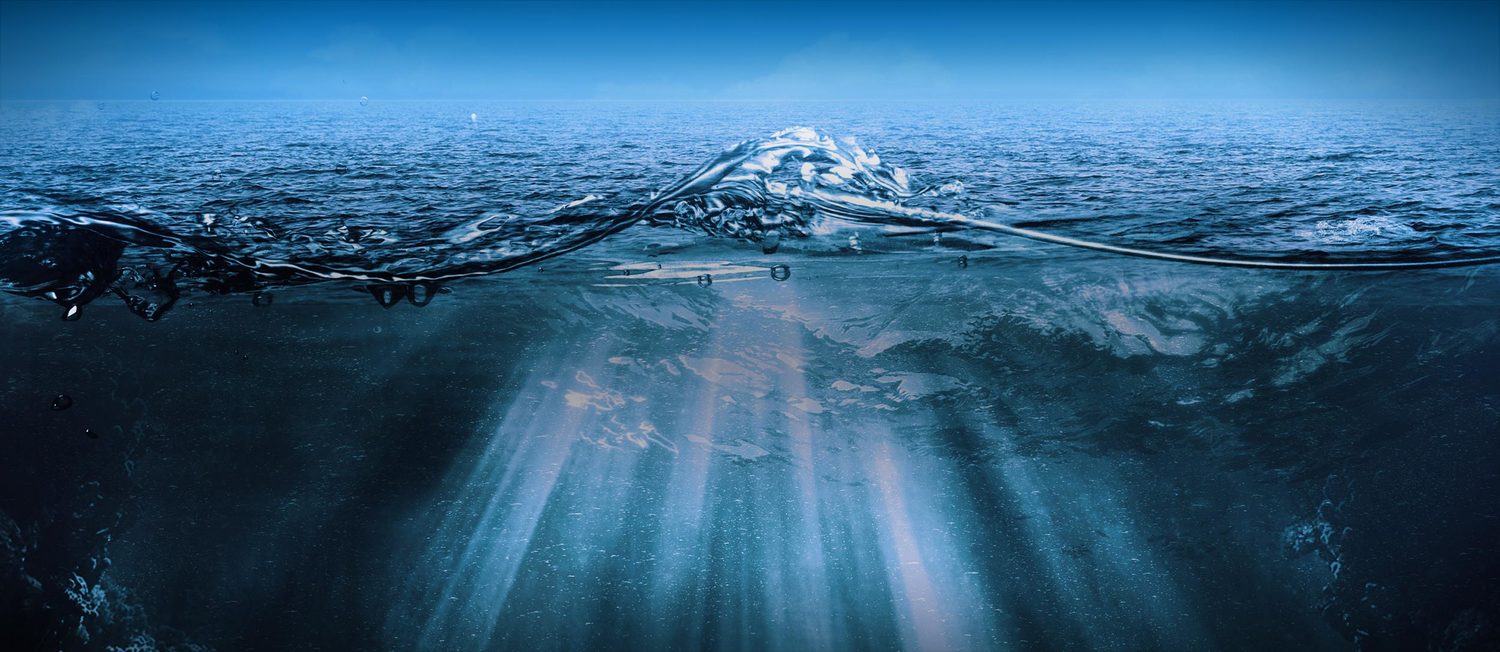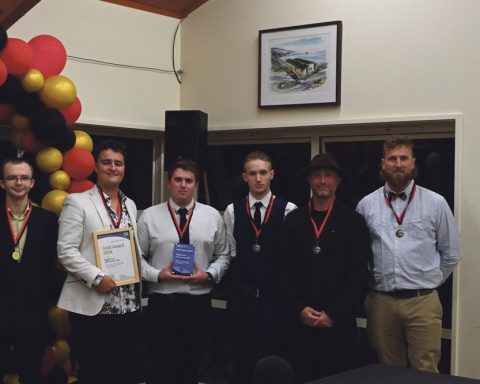New Zealand’s leading marine scientists involved in the $11.5 million Moana Project have gathered virtually over two days [27-28 May] to review their progress in the five-year research project to revolutionise our understanding of Aotearoa’s oceans and our ability to forecast ocean behaviour.
In less than two years since being awarded the funding through the Ministry of Business, Innovation and Employment’s (MBIE’s) Endeavour Fund, the project – spearheaded by MetOcean Solutions, the oceanographic division of MetService – has already delivered some great results.
MetOcean’s Moana Project Director & Science Lead João de Souza said the team of 60 people is bringing together cutting-edge science and technology, historical and new data and indigenous knowledge to fill major gaps in our ocean knowledge.
“With the enhanced ocean knowledge this project will provide, New Zealand will be better prepared for the changes in our oceans and the impact of warming seas on our coastlines and marine environments. It will also enable our role as kaitiaki and can help ensure the sustainably of our kaimoana and the livelihoods generated through the blue economy which generates $4 billion annually.”
“We’ve made great progress already based around a number of building blocks to achieve this ambitious and holistic project,” says João de Souza.
Some of the building blocks of the project are:
Developing innovative methods to observe ocean temperatures. Ocean observation has typically been incredibly difficult with sparse data collection points given the vast and wild oceans surrounding us. With the Tasman Sea warming at one of the fastest rates on Earth, up to three times the global average, this kind of information is more vital than ever.
“We’ve already developed a high-tech low-cost smart ocean temperature sensor that will transform our ability to collect vast amounts of ocean temperature data. The sensors created by Nelson company Zebra-Tech have completed a small-scale trial and we’ve been extremely impressed with the results. Following a bigger trial incorporating additional vessels over a broader area, they will be deployed throughout New Zealand’s exclusive economic zone with support from the commercial fishing sector’s fleet. The result will be an unprecedented amount of subsurface ocean data that we’ll be able to assimilate into our models,” says Julie Jakoboski, one of the Moana Project’s team leads.
Developing computer algorithms to model Aotearoa’s ocean dynamics such as circulation, currents and sub-surface temperatures. International modelling programmes don’t include all the important physical processes nor are attuned to our coastal ocean characteristics. The ocean forecasting model developed through the Moana Project brings in historical and new data focussed on New Zealand waters to give detail on the many aspects of ocean dynamics.
“We’ve gathered historical ocean data and used it to improve our newly developed ocean model of NZ’s coastal and ocean shelf regions called the Moana Backbone. The 25 year hindcast is an incredibly valuable dataset that is now freely available to researchers and the broader community. We’re also currently developing several models based on our team’s research that look closely at our coastal waters – namely the Kaikoura canyon, the Bay of Plenty, and the Marlborough Sounds. Marine heatwaves are a contemporary issue and the team’s research into identifying their drivers within New Zealand and the Tasman will be vital to identify and mitigate risks and help us forecast future events” says João de Souza.
Conducting unique research to gain a greater understanding of our kaimoana namely kuku (mussels), koura (crayfish) and pāua. Where they come from, how they travel and where they end up is all crucial information that isn’t well understood in Aotearoa. This research brings together a unique blend of science through microchemistry, genetics and biophysical models.
“We’ve got a PhD student looking at the effects the 2016 Kaikoura earthquake had on pāua populations. In the Bay of Plenty region, once mussel sample collection has been completed genetic and microchemistry analyses will be undertaken, which will help inform where individual mussels have travelled. And on a national scale, the genetic connectivities (the migration of individuals and exchange of their genetic material) of pāua, crayfish and mussels are being investigated alongside physical oceanographic models to better understand the impacts of ocean circulation on gene flow, both in the present day and into the future under different scenarios of climate change” says Jonathan Gardner, one of the Moana Project’s team leads.
Learning from iwi about their oceanographic knowledge honed over centuries of ocean voyaging, kaimoana gathering and the observed changes to our oceans. Māori are the first oceanographers and this project combines mātauranga Māori and science to enhance future marine management. Eastern Bay of Plenty iwi Whakatōhea are partners in the Moana Project and their coastal rohe and aquaculture mussel farm will be a key case study throughout the project.
“One of our PhD students is researching the effects of changes in our marine climate on traditional waka navigation. Impacts of marine changes are also being looked at for a number of iwi fisheries and we will be applying a system for indigenous data labelling to ensure communities rights and interests to their data is maintained throughout the research process,” says Maui Hudson one of the Moana Project’s team leads.
“The beauty of this project is that each of these building blocks inform and feed into each other. It’s when they are finally all woven together that the benefits and impacts gained through this ocean knowledge can be realised for New Zealand and we provide the platforms and tools to access this new vital information. I look forward to the achievements 2023 will bring!” concludes Scotia Boelee Moana Project’s Project Manager
Whakatōhea Māori Trust Board Chair Robert Edwards says “The Whakatōhea Iwi is involved in many commercial activities including the largest offshore mussel farm in the country. It is set to create new employment opportunities for our community over the next few years. The Moana Project research will benefit our iwi by using Mātauranga Māori and science to inform our decision-making processes for kaitiakitanga of our natural resources as well as aquaculture development. We as Māori have a responsibility to protect our moana, and we must ensure we have the best tools available to prepare for the future. We thank the Moana Project team for the work they have completed so far.”
MBIE Senior Investment Manager Dr Carolyn Walker says “The Moana Project is an exciting and ambitious project with a meaningful Vision Mātauranga-centred approach to research. It brings together a diverse range of highly skilled people and innovative ideas. The Project is one of MBIE’s high-performers, having made exceptional progress in its first two years.”











